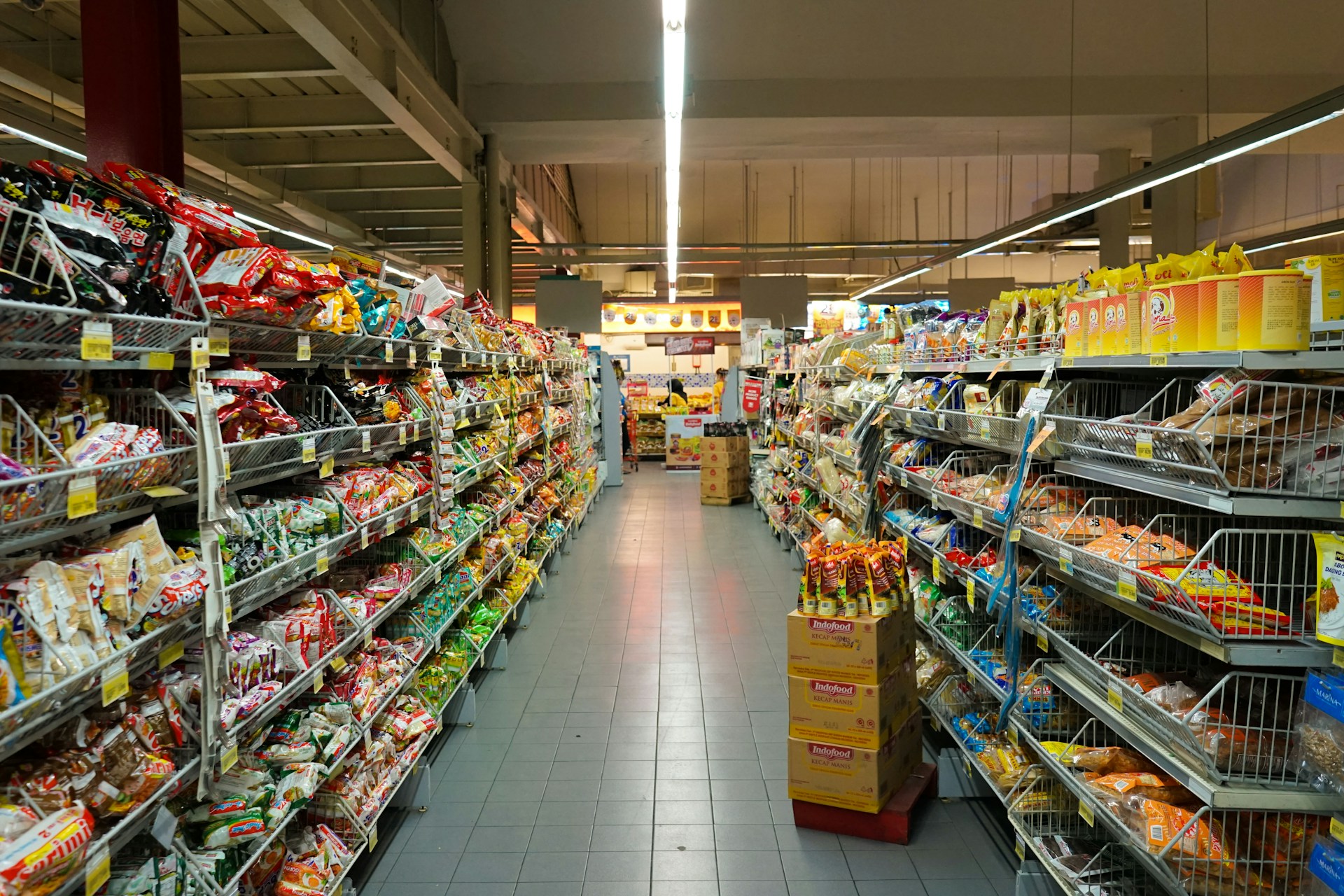
Empty shelves are a common sight in grocery stores lately. Shoppers walk in, hoping to grab their favorite foods, only to find “out of stock” signs. This isn’t just a minor inconvenience. It changes how people plan meals, shop, and even budget. Some foods are missing more often than others, and it’s not always clear why. Understanding which foods are most difficult to find can help you plan more effectively and avoid unnecessary trips. Here are the 10 foods that grocery chains can’t keep stocked this year.
1. Eggs
Eggs are a staple in most kitchens. They’re used for breakfast, baking, and quick meals. But this year, egg shelves are often empty. The primary reason is the ongoing outbreaks of avian flu, which have compelled farms to cull millions of birds. This reduces supply and pushes prices up. If you rely on eggs, consider buying early in the week or trying local farmers’ markets. Some shoppers are also switching to egg substitutes or plant-based options when eggs are out.
2. Fresh Berries
Strawberries, blueberries, and raspberries are in high demand. But weather problems and labor shortages have made it hard for farms to keep up. Berries spoil quickly, so stores can’t stockpile them. When you see fresh berries, buy them right away. If you can’t find them, frozen berries are a good backup. They work well in smoothies, baking, and even as a snack.
3. Infant Formula
Infant formula shortages have made headlines for months. Supply chain issues, factory shutdowns, and strict regulations have all played a part. Parents are often left searching multiple stores or turning to online groups for help. If you use a formula, check with your pediatrician about safe alternatives. Some stores limit how much you can buy at once, so plan ahead and don’t wait until you’re almost out.
4. Canned Soup
Canned soup is a go-to for quick meals. However, this year has been challenging to find certain brands and flavors. The problem comes from both increased demand and shortages of cans themselves. If your favorite soup is missing, try making a simple version at home with broth, vegetables, and pasta. Or look for store brands, which are sometimes restocked faster than name brands.
5. Chicken
Chicken is one of the most popular proteins in the U.S. But outbreaks of disease and higher feed costs have made it harder for producers to keep up. Some stores limit how much chicken you can buy. Prices are also higher than usual. If you can’t find chicken, consider other proteins like turkey, pork, or plant-based options. Rotisserie chickens are often the first to sell out, so check early in the day.
6. Bottled Water
Bottled water shortages occur every summer, but this year is particularly severe. Heat waves and droughts have increased demand, while supply chain issues slow down restocking. Some stores limit purchases to prevent hoarding. If you can’t find bottled water, use a water filter at home. Reusable bottles are also a great way to reduce waste and avoid shortages.
7. Rice
Rice is a staple in many pantries. However, droughts in major growing regions have reduced harvests, resulting in empty shelves. Some stores are rationing rice, especially popular varieties like jasmine and basmati. If you can’t find your usual rice, try other grains like quinoa, barley, or couscous. These can be used in most recipes that call for rice.
8. Lunch Meats
Deli meats, such as turkey, ham, and roast beef, are in short supply. Labor shortages at processing plants and higher transportation costs are the main reasons. Pre-packaged lunch meats are often the first to go. If you can’t find them, consider slicing your own from whole cuts of meat or using alternatives like canned tuna or chicken salad.
9. Frozen Vegetables
Frozen vegetables are a lifesaver for busy nights. But this year, they’re often missing from freezers. Bad weather has hurt harvests, and transportation delays mean stores can’t restock quickly. When you see your favorite frozen veggies, buy an extra bag. If you can’t find them, look for fresh produce or try canned vegetables, which tend to last longer and are usually more readily available.
10. Pasta
Pasta is easy to cook and store, making it a consistently in-demand food. But wheat shortages and higher production costs have made it harder to keep shelves full. Some stores are out of popular shapes like spaghetti and penne. If you can’t find your favorite, try different shapes or even whole wheat or gluten-free options. You can also make simple pasta at home with flour and eggs if you’re up for it.
Planning Ahead in a Year of Shortages
Food shortages are frustrating, but they don’t have to ruin your meal plans. The key is to stay flexible and try new options when your favorites are missing. Keep a list of backup foods that work in your recipes. Shop early in the week, and don’t be afraid to ask store staff when shipments arrive. With a little planning, you can keep your kitchen stocked, even when stores are struggling.
What foods have you had trouble finding this year? Share your experiences in the comments.
Read More
Ever Wondered What the Average Price of a Gallon of Milk Is Across the Country? Here’s the Scoop
10 Reasons Why Aldi’s Is the Best Grocery Store Ever
The post 10 Foods That Grocery Chains Can’t Keep Stocked This Year appeared first on Grocery Coupon Guide.







